Industry information
Company News
- Customized aluminum veneer, creating personalized space and new fashion
- Aluminum veneer, the "light cavalry" of the construction industry
- Fluorocarbon aluminum veneer: a fashionable choice for modern architecture
- Aluminum veneer customization, creating a new trend of personalized space
- Aluminum veneer curtain wall, the new darling of architectural art?
Industry dynamics
- Aluminum veneer: the fashionable "coat" of modern architecture
- Aluminum veneer curtain wall: the fashionable coat of modern architecture
- Curtain Wall Aluminum Veneer: Aesthetic Innovation in Modern Architecture
- Punched aluminum veneer: the new darling of creative space
- Aluminum veneer customization, creating personalized spatial aesthetics
Frequently asked questions
- What is the thermal expansion coefficient of aluminum veneer?
- How does aluminum veneer affect indoor temperature?
- Can the insulation function of aluminum veneer be long-lasting and effective?
- Can aluminum veneer be applied to the exterior design of sports buildings?
- What is the thermal insulation performance of aluminum veneer?
contact us
Mobile:+86 15627778610
Email: 2201229786
Address: No. 5 Binjiang Road, High tech Zone, Zhaoqing City, Guangdong Province
What are the advantages and disadvantages of aluminum veneer?
- Author: Xinlongtai Aluminum Industry (Guangdong) Co., Ltd
- Release time: 2022-02-24 08:39:54
- Click:0
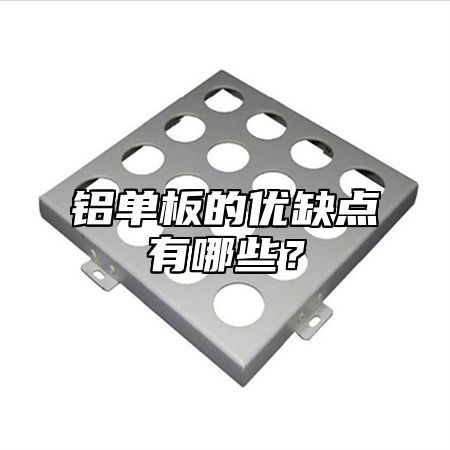
Aluminum veneerAs a new type of building material, it has many advantages and disadvantages. Let's take a look at the advantages and disadvantages of aluminum veneer together.
One of the advantages of aluminum veneer is its lightweight and durability. Compared to traditional building materials, aluminum veneer has a lighter density and higher strength, while also having good durability and corrosion resistance. These advantages make aluminum veneer applicable in various harsh environments, such as outdoor buildings, commercial buildings, residential buildings, etc.
Aluminum veneer has good decorative and aesthetic properties. Aluminum veneer can be treated with different surface treatments, such as spraying, rolling, anodizing, etc., to achieve different color and texture effects. These surface treatment methods can enhance the decorative and aesthetic appeal of aluminum veneers, thereby improving the overall quality and value of buildings.
In addition, aluminum veneer also has good thermal insulation performance. In winter, aluminum veneer can serve as insulation and reduce indoor energy loss; In summer, aluminum veneer can serve as insulation, reducing the amount of outdoor heat entering indoors. This insulation performance can effectively reduce the energy consumption of buildings and improve energy utilization efficiency.
Aluminum veneer also has good fire resistance. Aluminum veneer is usually surface treated with inorganic coatings or organic coatings, which can effectively prevent the spread and combustion of flames and protect the safety of buildings.
Aluminum veneer also has some drawbacks. Firstly, the cost is relatively high. Compared to other traditional building materials, the production cost of aluminum veneer is relatively high, which may lead to its higher price in the market. Secondly, the installation difficulty is relatively high. Due to the light weight of aluminum veneer, special tools and techniques are required during installation, which increases the difficulty and time cost of installation. There are relatively few color and texture options for aluminum veneer, which cannot meet all design requirements.
Aluminum veneer has advantages such as lightweight, durability, good decorative properties, thermal insulation, and fire resistance, but it also has disadvantages such as high cost, difficult installation, and limited color and texture selection. Only by fully understanding these advantages and disadvantages can we fully leverage the advantages of aluminum veneer and contribute to the development of the construction industry. We still need to constantly explore and innovate, develop more environmentally friendly, energy-saving, and sustainable building materials and technologies, and promote the sustainable development of the construction industry.
- previous page:What is the hardness of aluminum veneer?
- Next page:Analysis of Types and Characteristics of Aluminum Veneers

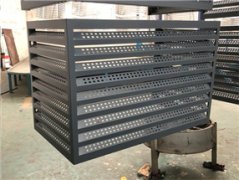
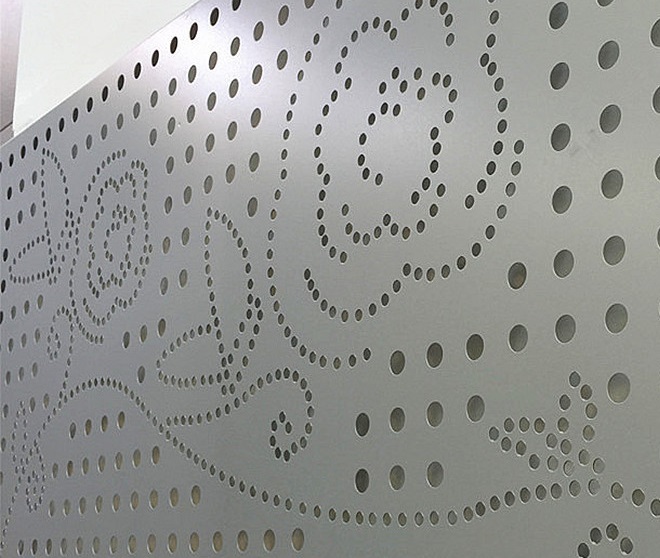
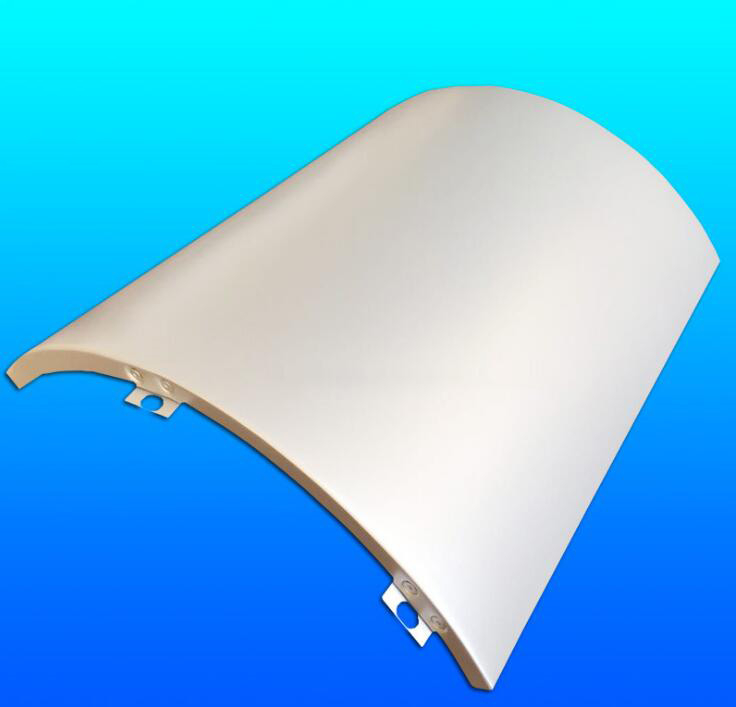
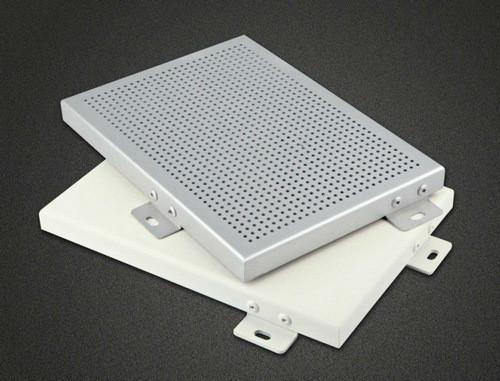
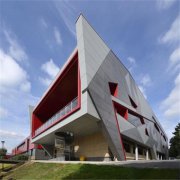
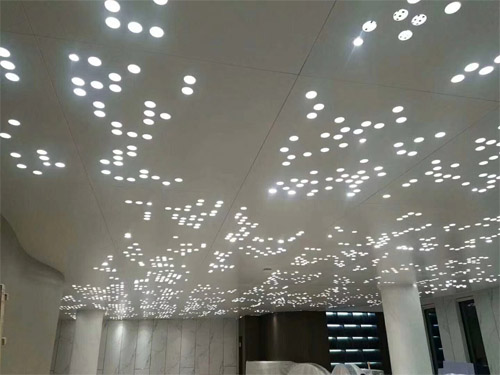
 Customer service QQ
Customer service QQ